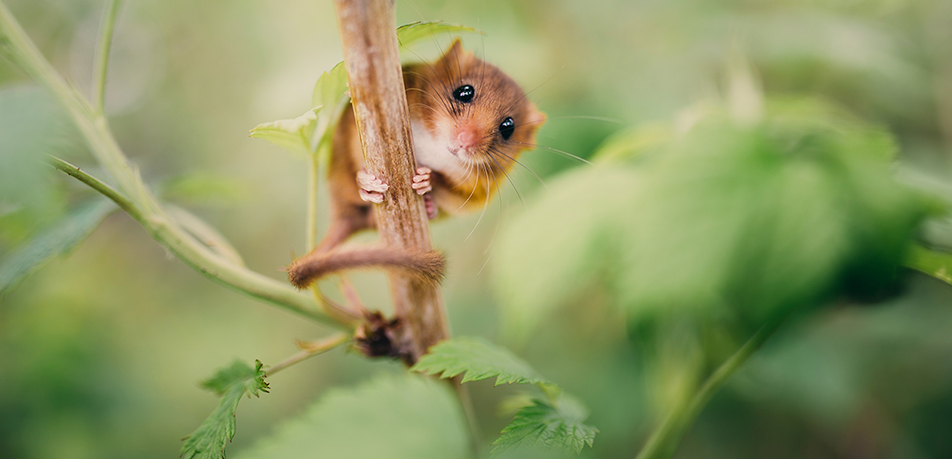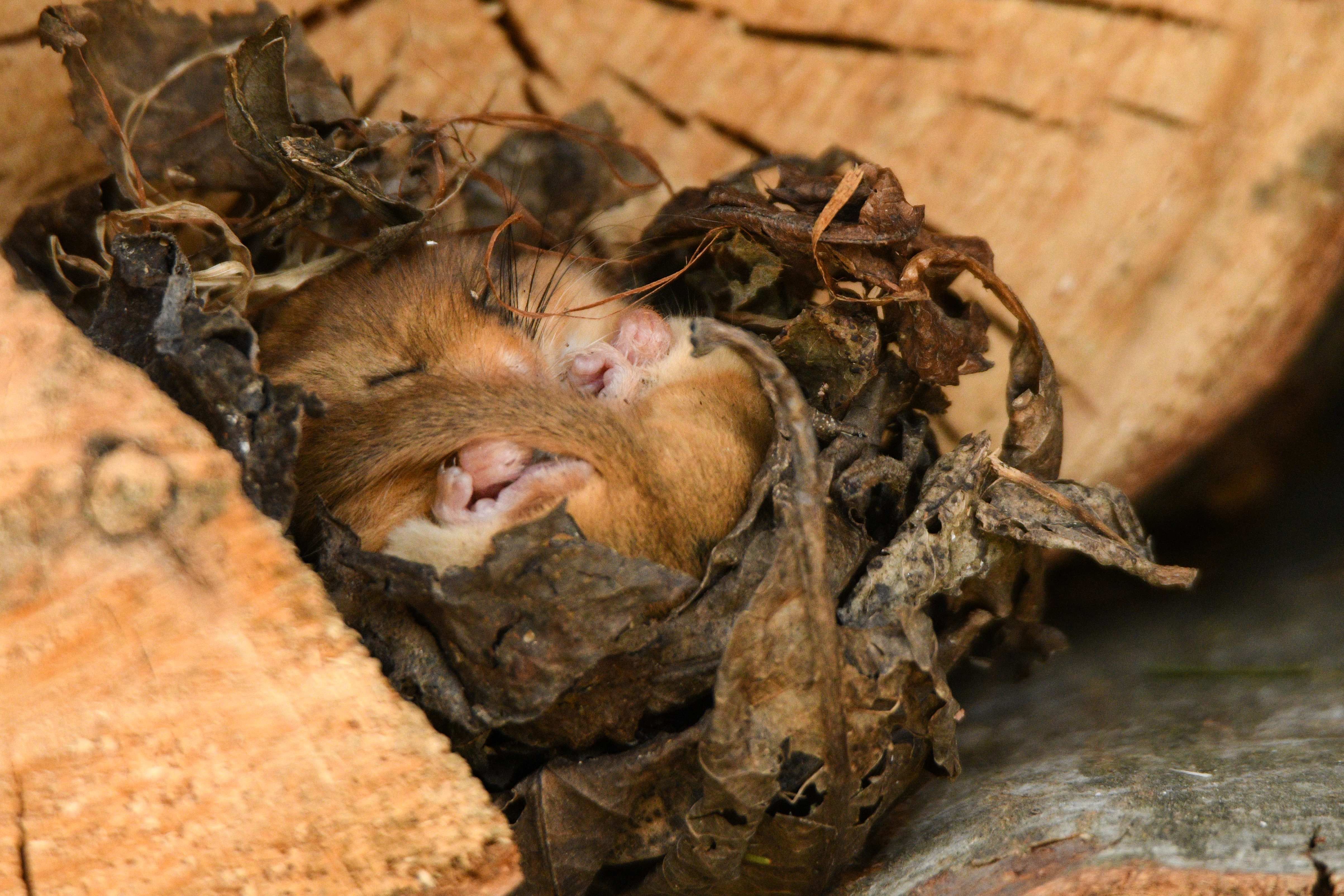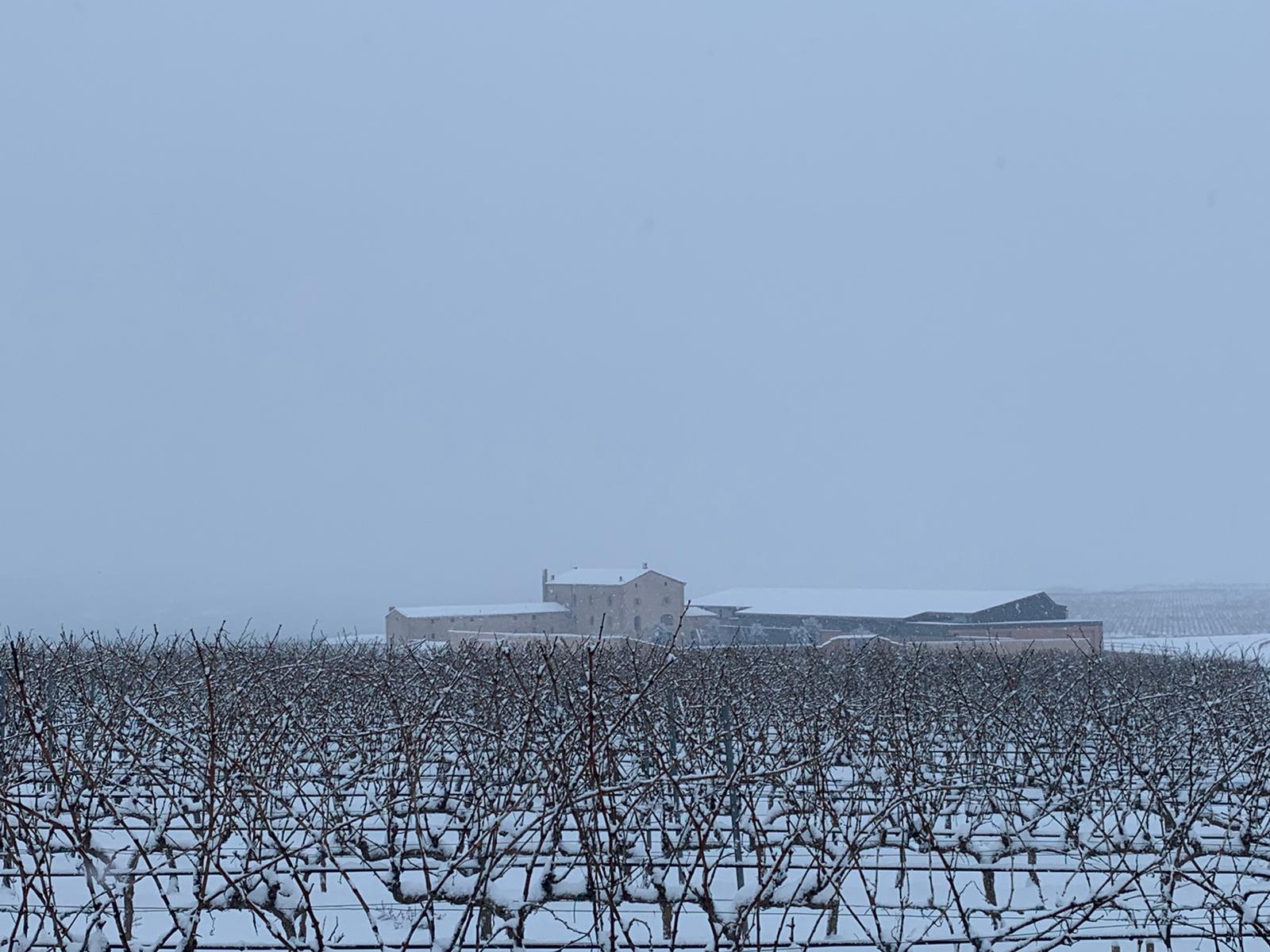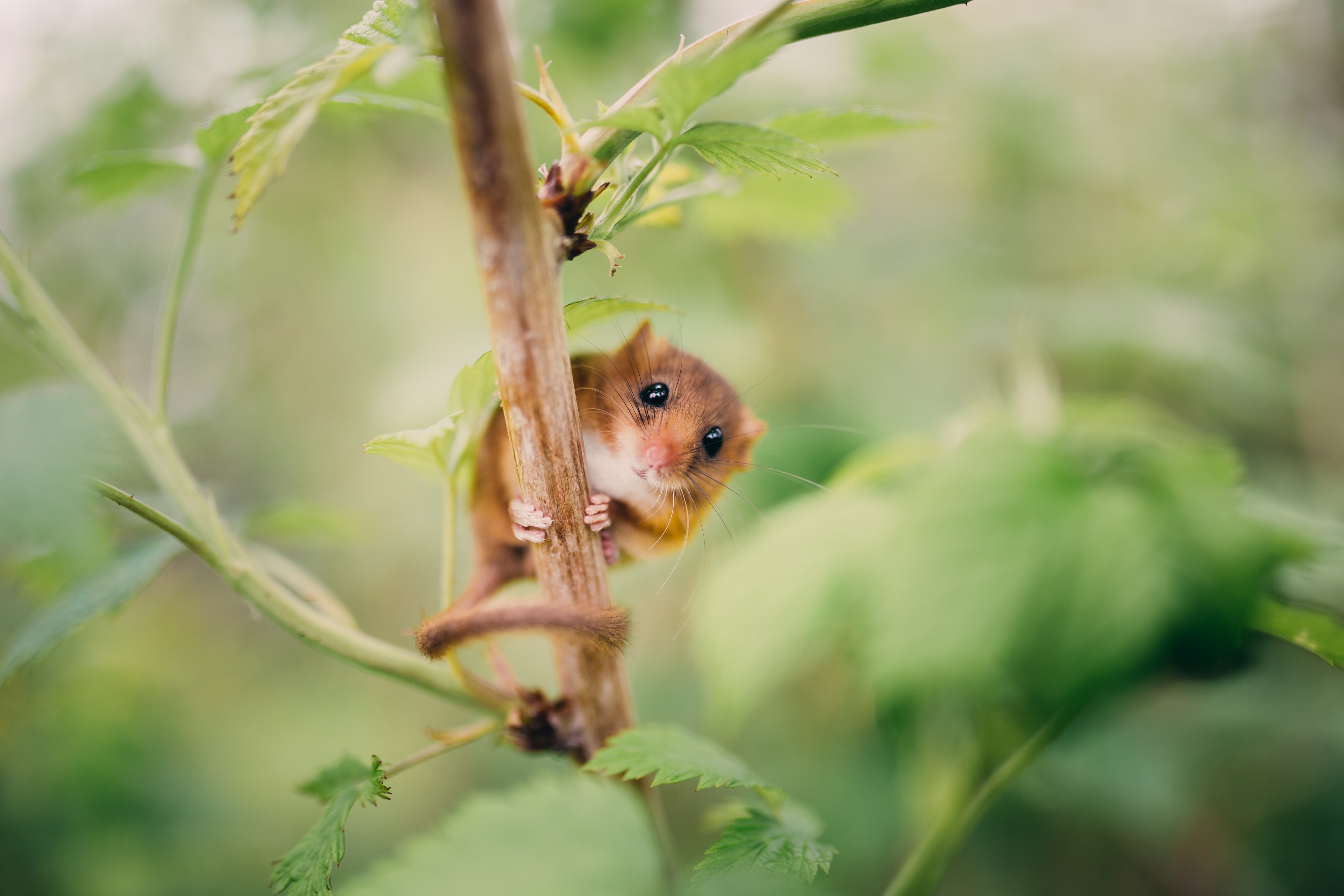Surviving the Winter Through Hibernation

The cold plays an important role when it comes to the health of fields and forests. Snowstorms, frost, and extended periods of below-zero temperatures eliminate the pests that are harmful to crops and the parasites that affect forest ecosystems. This is why farmers and foresters call it the cold cure.
Harsh winter conditions, however, test the resilience and environmental adaptability of small wild mammals who are deprived of food when the cold sets in.
Not only are they exposed to severe weather conditions, their potential prey – mostly small invertebrates – have vanished from the scene and most of the trees and shrubs that provided them with shelter and nourishment are now nothing but dry, skeletal branches.
For all of these reasons, the best option is to withdraw to a safe, comfortable place and wait out the winter. A survival slumber: that is what hibernation is really about. This might seem like an easy recourse, but it is actually chock-full of dangers, because it involves a series of profound changes to the organism of the hibernator that will push it to the brink of death.
The edible or fat dormouse provides us with one of the best-known examples. Behind the expression “to sleep like a dormouse” lies one of the most extraordinary feats of nature.

Thanks to the abundance of food in the autumn – when the entire forest becomes an enormous pantry – our little protagonist greets the winter with fully stocked body fat reserves. These stores will provide the animal with the necessary energy to survive until spring without ingesting food. Any miscalculation would have fatal consequences.
So while the countryside freezes over and snow blankets the landscape, the dormouse sleeps the deepest and longest of slumbers nestled into the comfort of its den, on a bed of dry leaves and curled into the warmth of its own tail.
[[{"fid":"22482","view_mode":"default","fields":{"format":"default","alignment":"","field_file_image_alt_text[und][0][value]":false,"field_file_image_title_text[und][0][value]":false},"type":"media","field_deltas":{"3":{"format":"default","alignment":"","field_file_image_alt_text[und][0][value]":false,"field_file_image_title_text[und][0][value]":false}},"link_text":null,"attributes":{"class":"media-element file-default","data-delta":"3"}}]]

L'Aranyó estate, a Familia Torres property, during the Filomena snowstorm (January 2021)
During hibernation, the small mammal’s organism halts some of its most basic functions: the kidneys gradually reduce their activity to retain the greatest amount of liquid, the heart rate decreases until it is but a slow, barely discernable beat, respiration adapts accordingly until it too becomes imperceptible.
Lymph accumulates in the blood vessels, and the body temperature – no longer regulated – descends to the ambient temperature of the den where the animal is hibernating. During the deepest stage of hibernation, the brain enters a disconnection phase where it only controls the most critical functions. At the same time, high molecular weight substances located in the cellular tissue are responsible for protecting the tissue and preventing it from freezing.
Biologists maintain that at this point, dormice can reach a body temperature of almost zero degrees Celsius, with their heart rate dropping from 300 beats per minute – the norm in springtime – to just five.
The decrease in life energy is such that if we were to surprise one of these beautiful, delicate little animals during their winter slumber, we would assume it was dead. In a way that is what hibernating is about – dying ever so slightly to later live again.

The dormouse, a common sight around the vineyards
